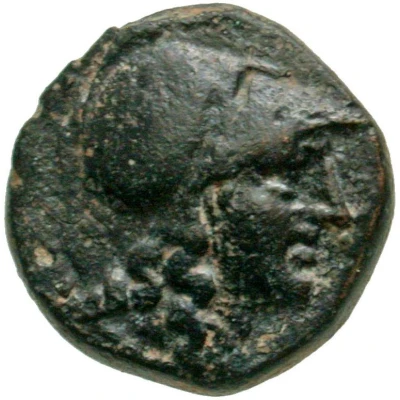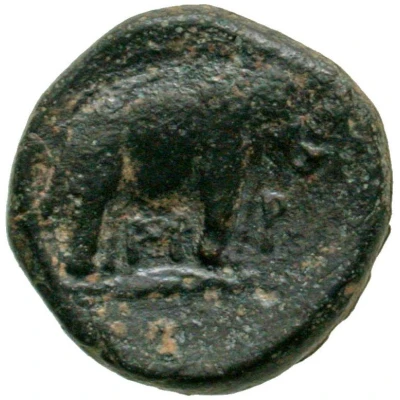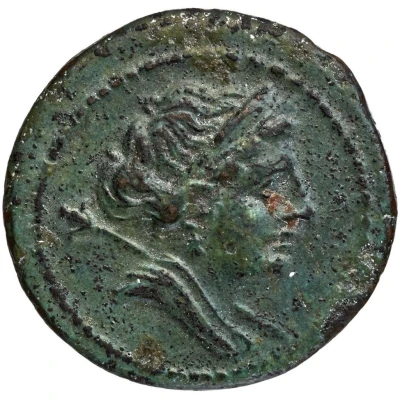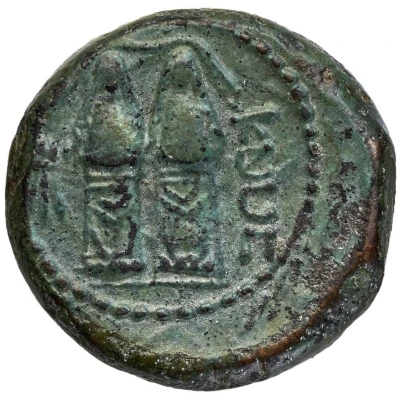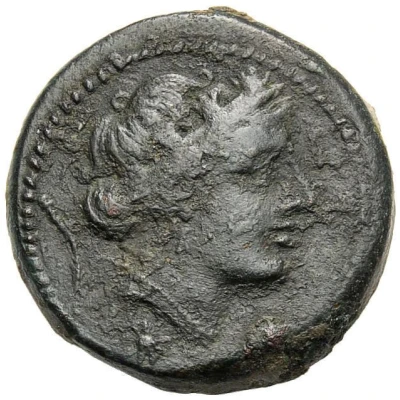
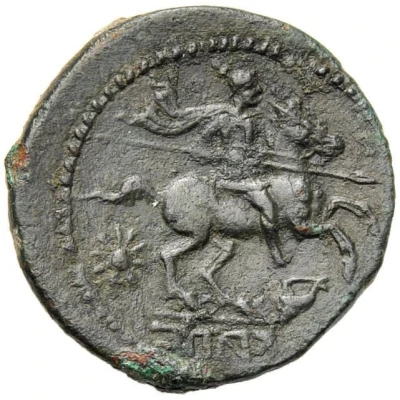

© Bertolami Fine Arts
Uncia 216 BC - 211 BC
| Bronze | 7.98 g | 21 mm |
| Issuer | Capua (Campania) |
|---|---|
| Period | Second Punic War (218 BC - 203 BC) |
| Type | Standard circulation coin |
| Years | 216 BC - 211 BC |
| Value | Uncia (0.1) |
| Currency | As (circa 216-211 BC) |
| Composition | Bronze |
| Weight | 7.98 g |
| Diameter | 21 mm |
| Shape | Round (irregular) |
| Technique | Hammered |
| Orientation | Variable alignment ↺ |
| Demonetized | Yes |
| Updated | 2024-10-10 |
| Numista | N#428385 |
|---|---|
| Rarity index | 100% |
Reverse
Horseman galloping right, holding a spear; at left, star (mark of value), beow, murex; in exergue, kapu. Dotted border.
Script: Old Italics
Translation: kapu
Comment
Giard, Capoue 15; SNG Copenhagen -; SNG ANS -.
Interesting fact
The Uncia coin was used as a form of currency in the ancient Roman city of Capua, which was located in the Campania region of Italy. Despite its small weight of 7.98 grams, the Uncia was a significant denomination in the Roman monetary system, equivalent to 1/12 of a Roman pound or 1/24 of a Roman ounce. Its design featured the image of a bull, which was a symbol of strength and prosperity in ancient Roman culture. The Uncia coin was used for everyday transactions and was also used to pay taxes and debts. It was a widely used coin throughout the Roman Empire and is still highly sought after by collectors today.
